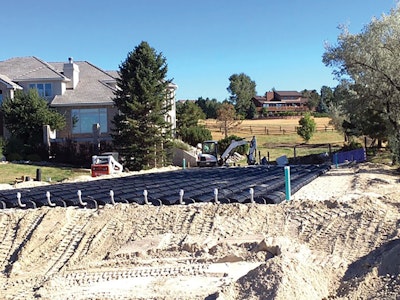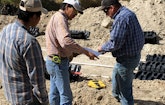
Shortly after purchasing a five-bedroom home in Centennial, Colorado, the buyers received a shock. The Tri-County Health Department red-tagged the onsite system because the saturated drainfield had effluent surfacing in several areas.
The homeowner called pumper/installer...










